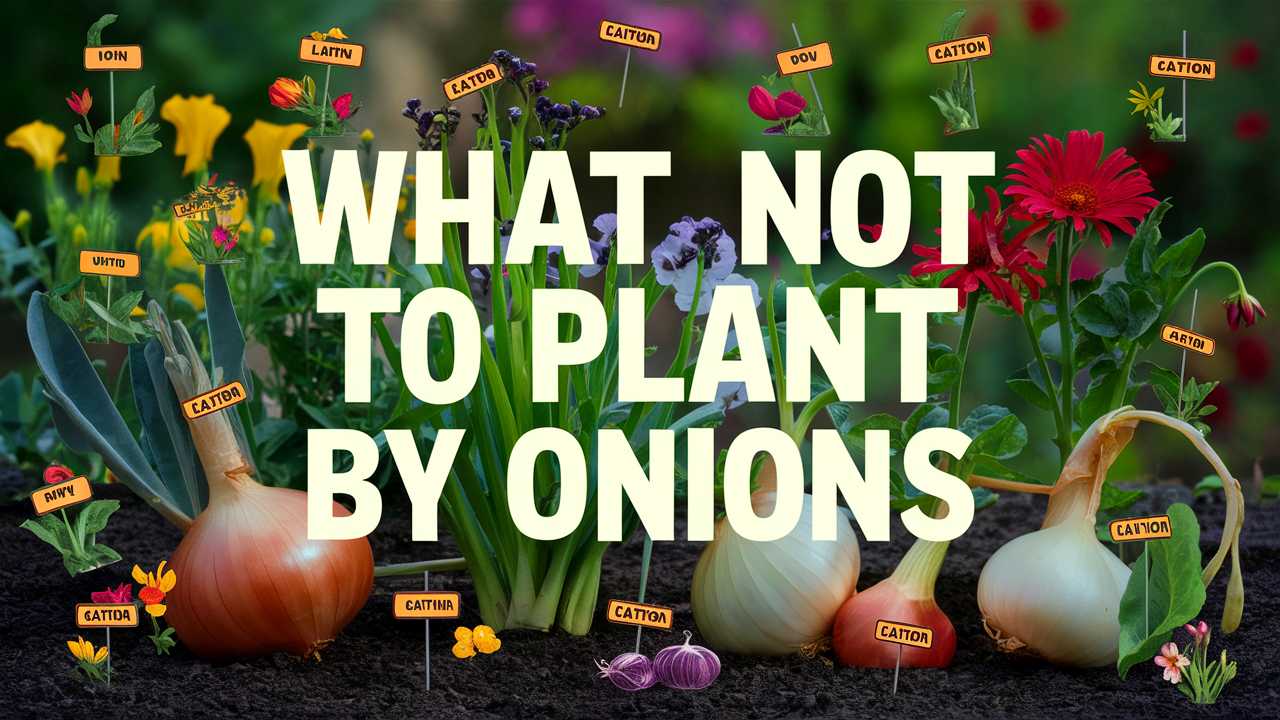In this guide, we’ll dig into what not to plant by onions, helping you make better decisions for your garden. Understanding these relationships can boost the health of your crops and enhance your overall gardening experience.
Beans
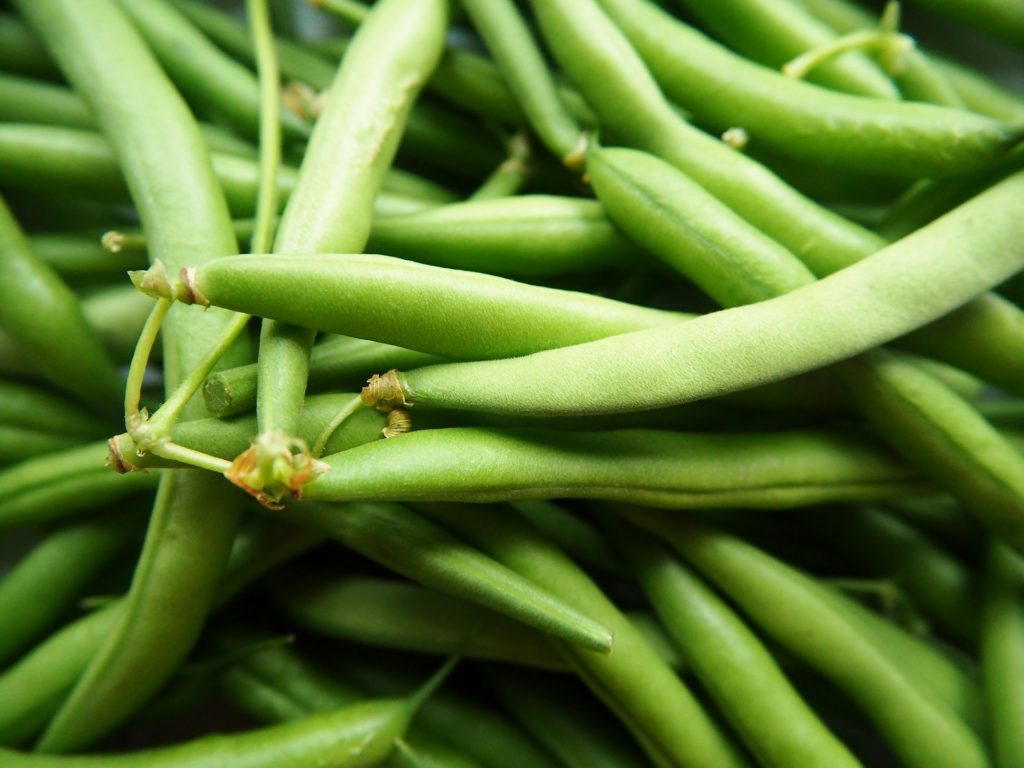
Beans are a popular garden plant valued for their nitrogen-fixing abilities and as a dietary staple. However, when it comes to planting them near onions, it’s best to keep them apart. The relationship between onions and beans is not a harmonious one; onions can inhibit the growth of beans due to their strong sulfur compounds. When planted in close proximity, the onions can stunt the growth of bean plants, leading to reduced yield and vitality.
Another reason to avoid planting beans near onions is the potential for pest attraction. Beans attract aphids, which can be a problem in any garden. Since onions are also susceptible to aphid infestations, planting the two together can create a pest hotspot that affects both crops. Instead, consider dedicating a separate area for beans in your garden where they can thrive without competing with the allium family.
Peas
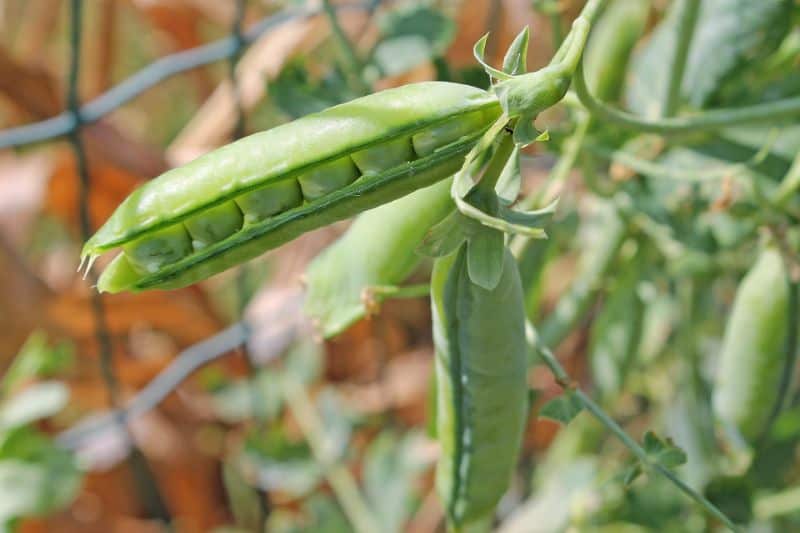
Like beans, peas are another legume that you might think of adding to your garden. However, planting peas next to onions can yield unfavorable results. The reason lies in their mutual dislike for each other. Onions can hinder the growth of peas, leading to reduced productivity.
Additionally, planting peas near onions can invite unwanted pests. Peas attract certain insects, such as the pea moth, which can then easily wander over to onions, creating risks for both crops. To ensure you get healthy, robust yields, keep peas separated from onions and find them a new home in your garden where they can flourish independently.
Sage
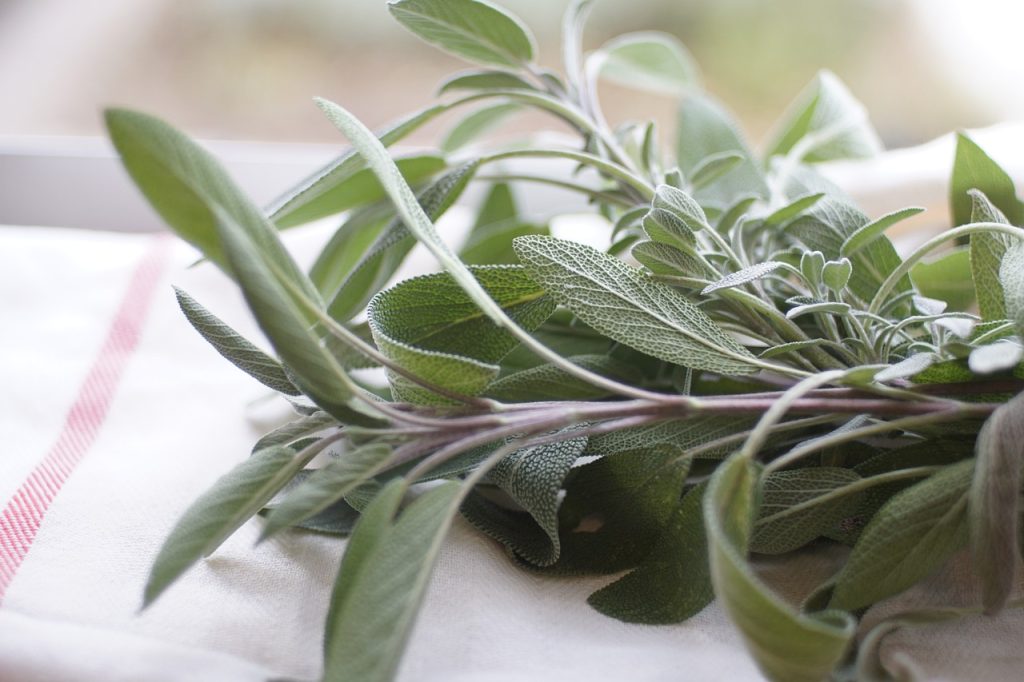
Sage is a beloved herb known for its aromatic leaves and culinary uses. While sage can be beneficial when planted with many herbs and vegetables, onions are not one of them. The volatile oils released by onions can negatively impact the growth and flavor of sage. Additionally, the close relationship of both plants in the garden may lead to competition for resources such as nutrients and water.
If you’re considering planting an herb garden or a mix of different plants, keep sage and onions separated. While they both offer unique flavors and benefits, giving them space away from one another can lead to improved growth and flavor for both.
Parsley
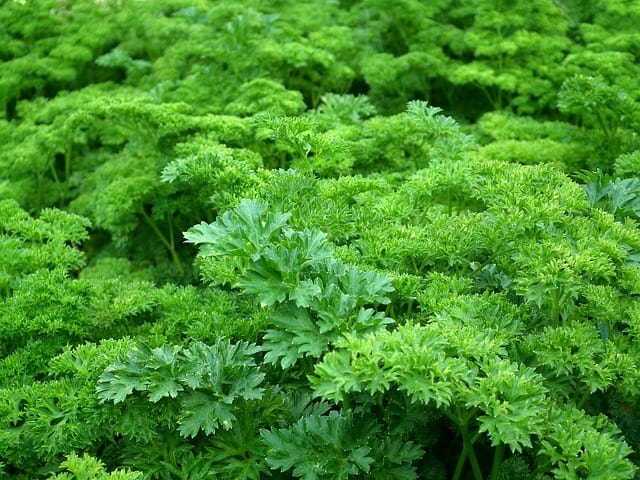
Parsley is a commonly used herb in various cuisines, cherished for its bright, fresh flavor and nutritional benefits. However, when it comes to growing parsley near onions, it is best to keep them apart. Onions can inhibit the growth of parsley, making them less productive when planted in close proximity. The two plants have different growth requirements and can compete for nutrients, thereby causing a decline in overall plant health.
Moreover, since onions are known to attract certain pests, having parsley nearby could mean that these unwanted insects pose a risk to your parsley as well. If you want to grow parsley successfully, place it away from onions and consider other companion plants that will support its growth instead.
Asparagus
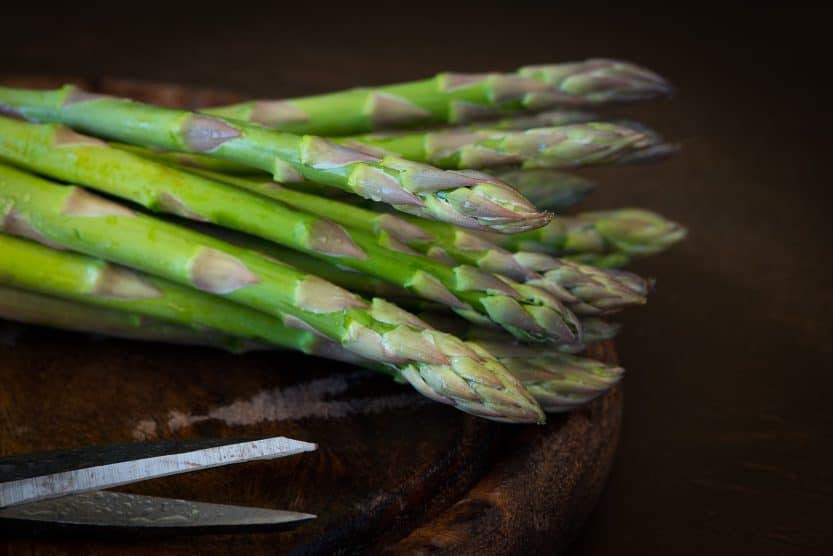
Asparagus is a perennial vegetable that can offer years of harvest if managed correctly. However, growing asparagus near onions is not advisable due to their conflicting growth habits and nutrient needs. Onions can adversely affect the root development of asparagus, leading to weaker plants and a less bountiful harvest.
Moreover, asparagus can attract pests such as the asparagus beetle, which might not specifically target onions but can disrupt the overall health of your garden ecosystem. It’s better for both plants to establish them in separate zones to maximize their growth potential and eliminate unnecessary competition.
Turnips
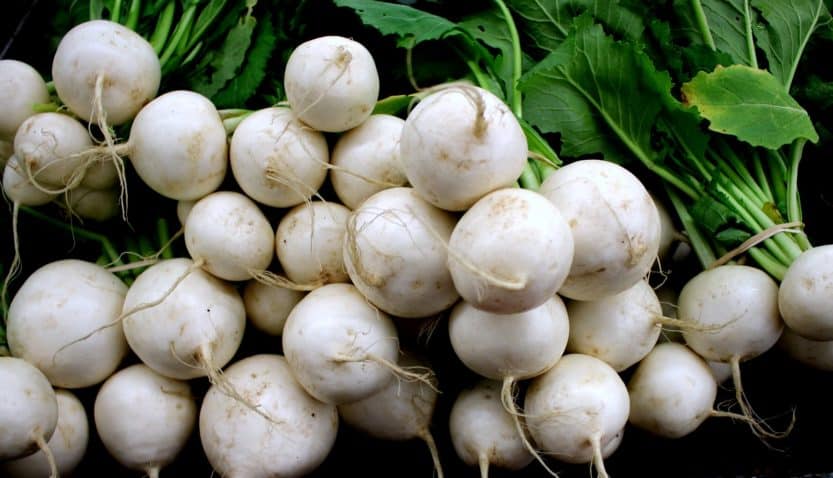
Turnips can generally be a hardy vegetable, but planting them next to onions can create more trouble than it’s worth. Onions are known to not coexist well with turnips because they can stunt their growth. The strong flavors of onions may inhibit the development of turnips and lead to diminished root size, resulting in a less desirable harvest.
Furthermore, both onions and turnips share similar pests; they can attract similar insects, creating an easy target for infestations. Instead of planting them side by side, it’s wise to develop appropriate areas in your garden where each plant can thrive independently, avoiding complications from pest issues and growth inhibitions.
Other Alliums
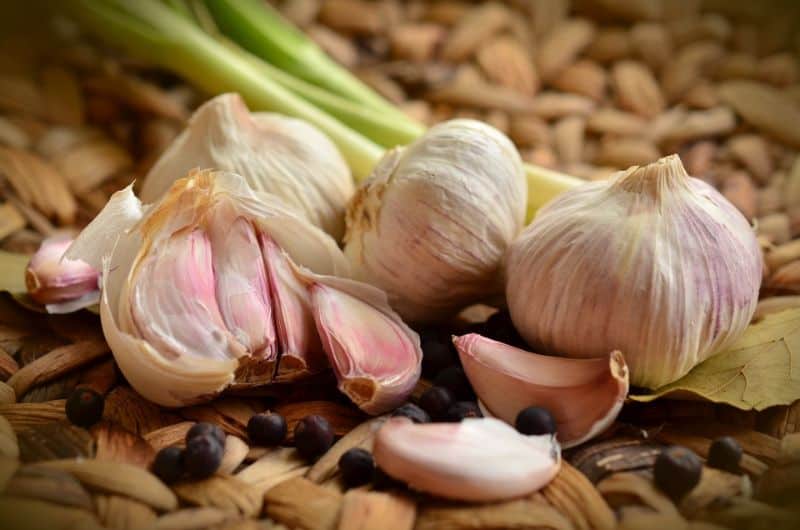
Finally, let’s talk about other alliums. While it may seem logical to plant various types of these bulbous plants together, this approach can lead to unexpected complications. For instance, planting garlic and onions too close together can result in flavor interference and unwanted cross-pollination. This can lead to diminished flavor profiles when it comes time to harvest.
In addition, these alliums tend to compete for the same nutrients in the soil, which can stress the plants and contribute to poor health. If you’re looking to have a thriving onion patch, it’s best to separate onions from other alliums and create designated zones for each type in your garden.
Conclusion
Navigating the world of companion planting can be a challenge, especially when cultivating popular vegetables like onions. Understanding what not to plant by onions is crucial for maintaining the health of your crops and ensuring productive growth.


